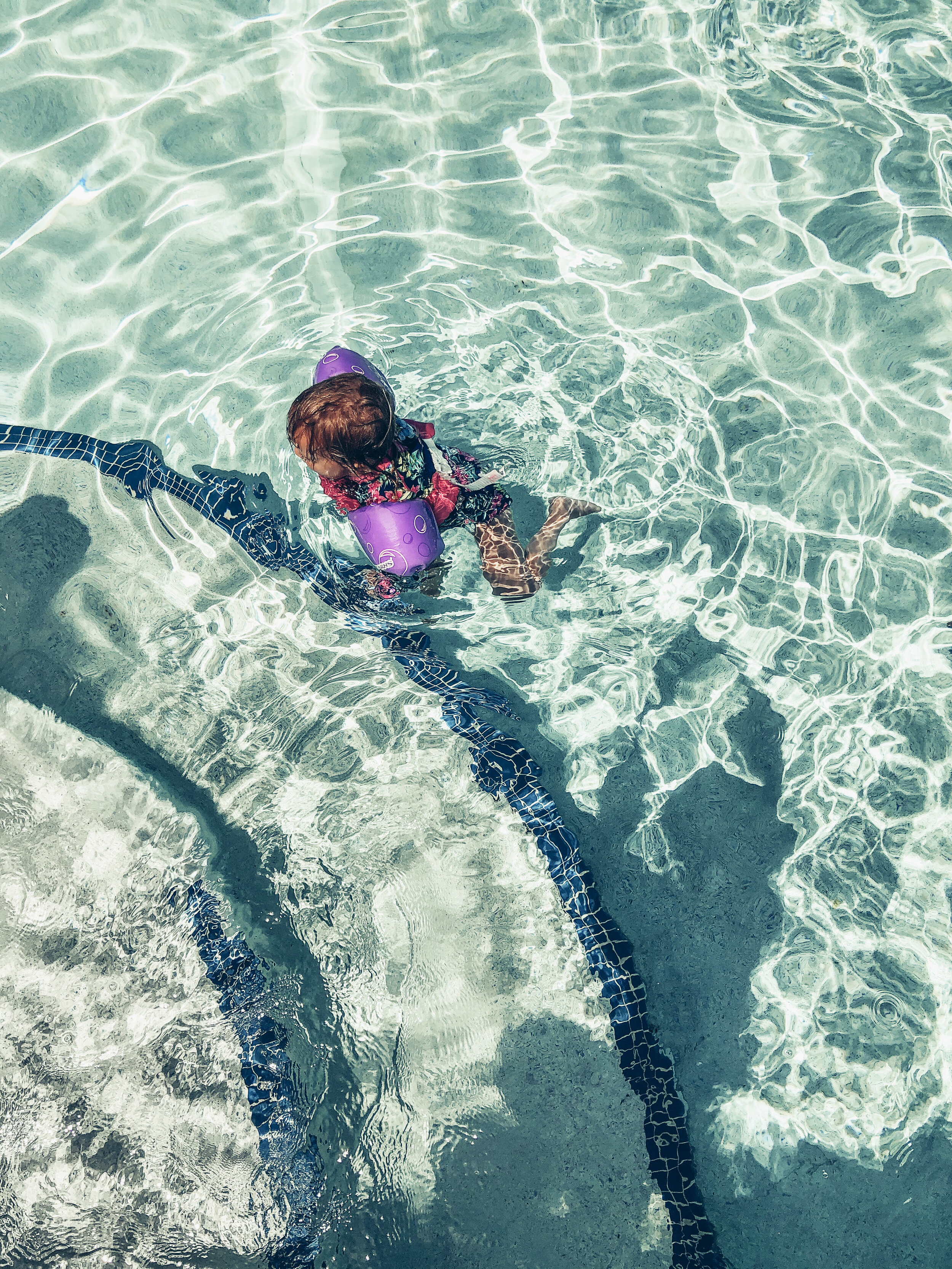Household waste reduction feels harder than ever these days. The pandemic has forced our focus elsewhere, increased the emphasis on hygiene and safety, and created unprecedented circumstances for all of us to navigate. I’ve found myself contributing to the single-use madness with items like paper grocery bags, more restaurant take out materials, disposable masks (thanks Omicron), hand sanitizer and more.
But even with the pandemic concerns and constraints, there are a few things I just don’t buy. If you’re looking to reduce your household waste, maybe these are places you could make a change!
one // Tissues, paper towels, and napkins. Use cloth. Find a system that works for your family. I like to cut up old clothes and I have several wet bags around the house than can be thrown directly into the washer. I have smaller wet bags for my kids to keep in their backpacks for blowing their noses at school. Everyone’s lifestyle looks a bit different, but cloth is a sensational replacement for single-use paper products.
two // Baby wipes. And cleaning wipes. And makeup wipes. I bought a few packages of baby wipes for my first child, but after that we switched completely to cloth, even for traveling. Cloth works better than disposables for all messes, in my opinion, and I just hate the idea of so so so many baby wipes polluting the earth. As for Clorox wipes etc., I make my own bleach wipes with cloth and bleach + water. Most messes I clean up with a towel.
three // Bottled cleansers and lotions. These days, there are many ways to obtain zero-waste beauty products. I like to stock up on at a refill store near me (like Joyfill, Zero Market, or Simply Bulk) but there are also stores online that sell low- to no-waste shampoos, lotions, and soaps. I use soap bars for my face and body, and get liquid lotion in reusable jars. (I occasionally buy shampoo in a plastic bottle because I haven’t found a low-waste option that works for well for my hair, but I only wash my hair once a week so a bottle lasts me at least a year.)
four // Disposable period products. Menstrual cup, period underwear, and cloth pads. Nothing more to buy or throw away! There are several quizzes online that will recommend a good menstrual cup for you (based on how many kids you’ve had, your flow, etc.). Do a quick internet search and you’ll find one!
five // Plastic wrap. I haven’t bought any kind of plastic wrap for years. Occasionally a visitor to my kitchen will ask for it, but personally I’ve never missed it. I store food in jars, glass containers, and silicone bags. To cover items, I use clean cloth towels and beeswax wrap. I also just save plastic bags and aluminum foil that comes into my life; even when you don’t buy these items, they still appear! Which leads to:
six // Plastic baggies. Reusable containers and reusable bags serve our needs well, but we also manage to acquire a lot of plastic bags without buying them. Tortilla bags, produce bags, the occasional bread bag…Recently I bought my son some new face masks and each one came in a plastic ziplock bag. Ugh! I save these and reuse them when I need a bag. But typically, I have way more than I can use!
seven // Muffin wrappers. I make a lot of muffins. I invested in 30 silicone muffin wrappers a few years ago (24 regular size and 6 jumbo). I use them constantly. They’re a bit of a pain to clean, but I know the earth is thanking me. This is one of those items that might not seem like it has much environmental impact since they’re small and usually compostable. However, the production and shipping of paper products is significant. Reusables are a better choice when you’re going to use them over and over again. But, if you only make muffins once a year, then paper might be a better choice!
eight // Dairy milk. Until about a year ago, I was singing the praises of local dairy milk in a reusable glass bottle. But more learning taught me that there’s just too great of an environmental impact from dairy farms (and almost all animal agriculture, really), so I just stopped buying it. My kids missed it a little bit, and they still haven’t been able to give up cheese 100%, but we’re no longer buying dairy milk and it feels good from both a health and an environmental perspective. (Don’t let anyone give you a hard time about almond milk. Sure, almond growing uses a lot of water, but WAY less than dairy milk requires! The impacts of animal agriculture, particularly cows, on the environment is HUGE.)
nine // Dryer sheets. Wool dryer balls for the win! I also try to line dry my clothes as much as possible.
ten // Single-use batteries. This is a change I wish we’d made MUCH sooner. It was one of those “duh” moments…why had we been using disposable batteries for so long!? We now have a supply of reusable batteries in a variety of sizes, and a big plug-in charger in the basement. I worry so much less now about the kids leaving a flashlight on! It is also so nice not to have to deal with safely disposing of batteries since you should never put them in your regular municipal trash bin!







